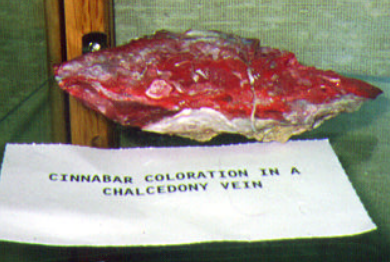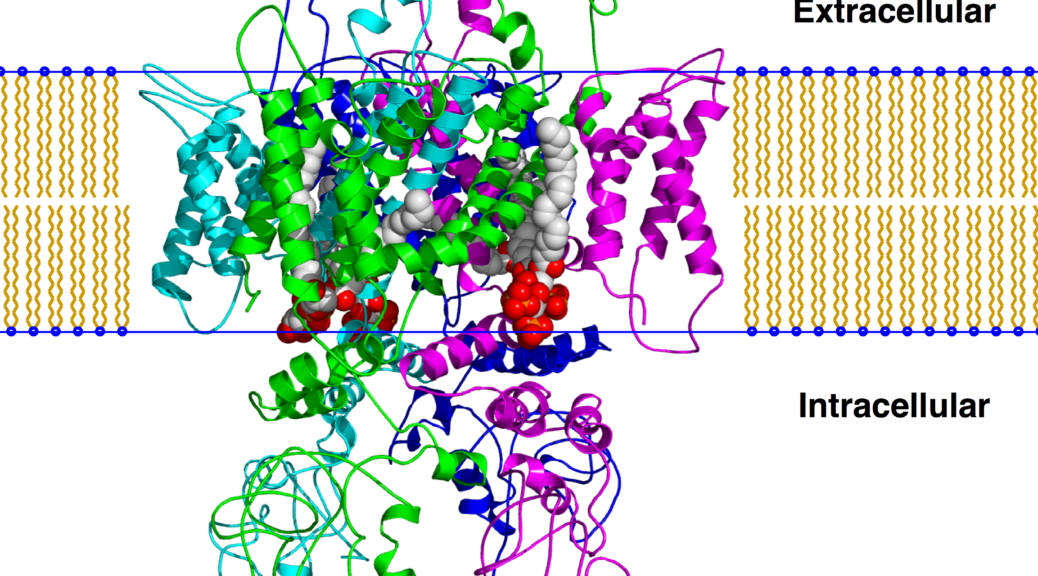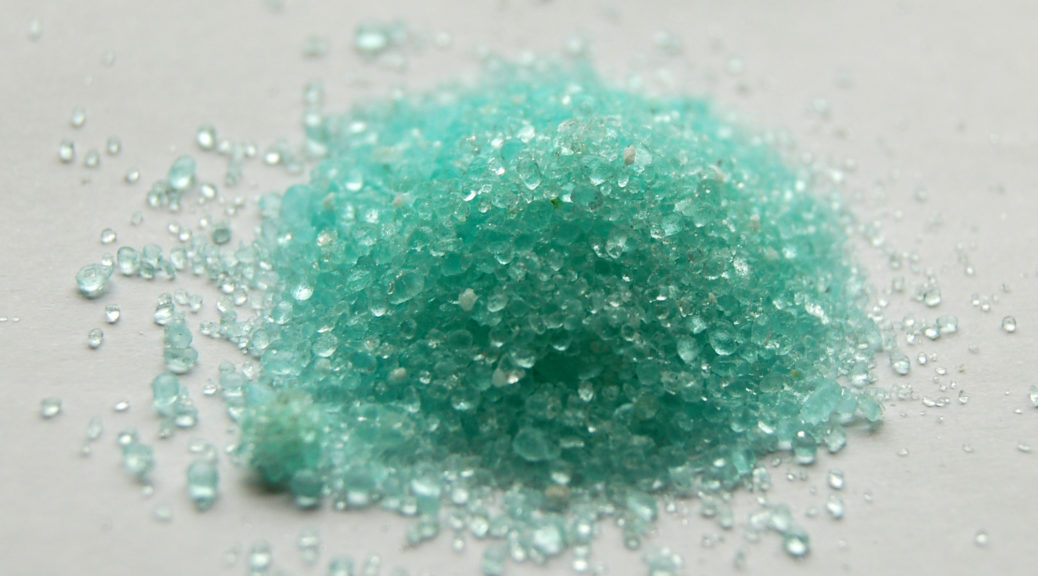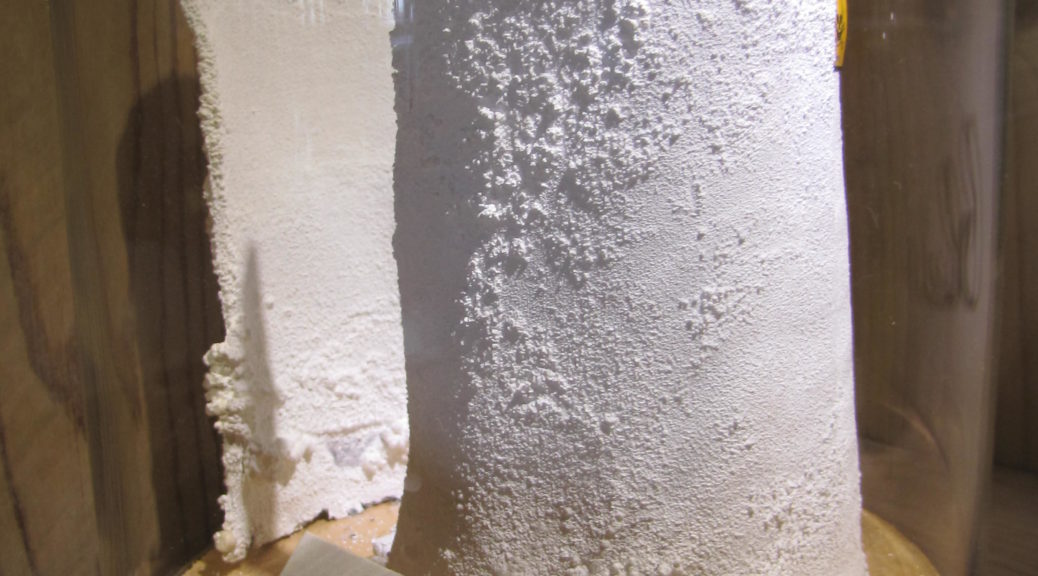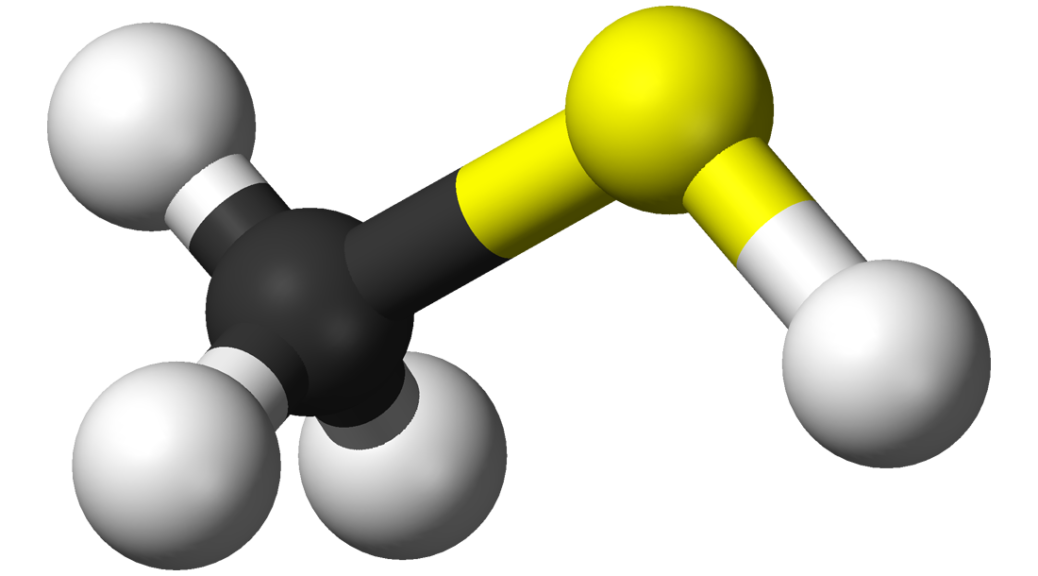Merry Blogmas for December 1: Cinnabar
Merry Blogmas! I have decided to join the blogmas insanity and post a short blog post everyday until Christmas. Other than the regular weekly blog posts, the blogmas post will all be off-the-top-of-my-head brain dumps without citations. CINNABAR It’s one of the coolest minerals going: It’s mercuric sulfide. Its mineral form is called cinnabar. It has a mineral formula of HgS. It’s the main ore mineral for mercury. The mercury mines of Almaden, Spain are the largest in the world…
